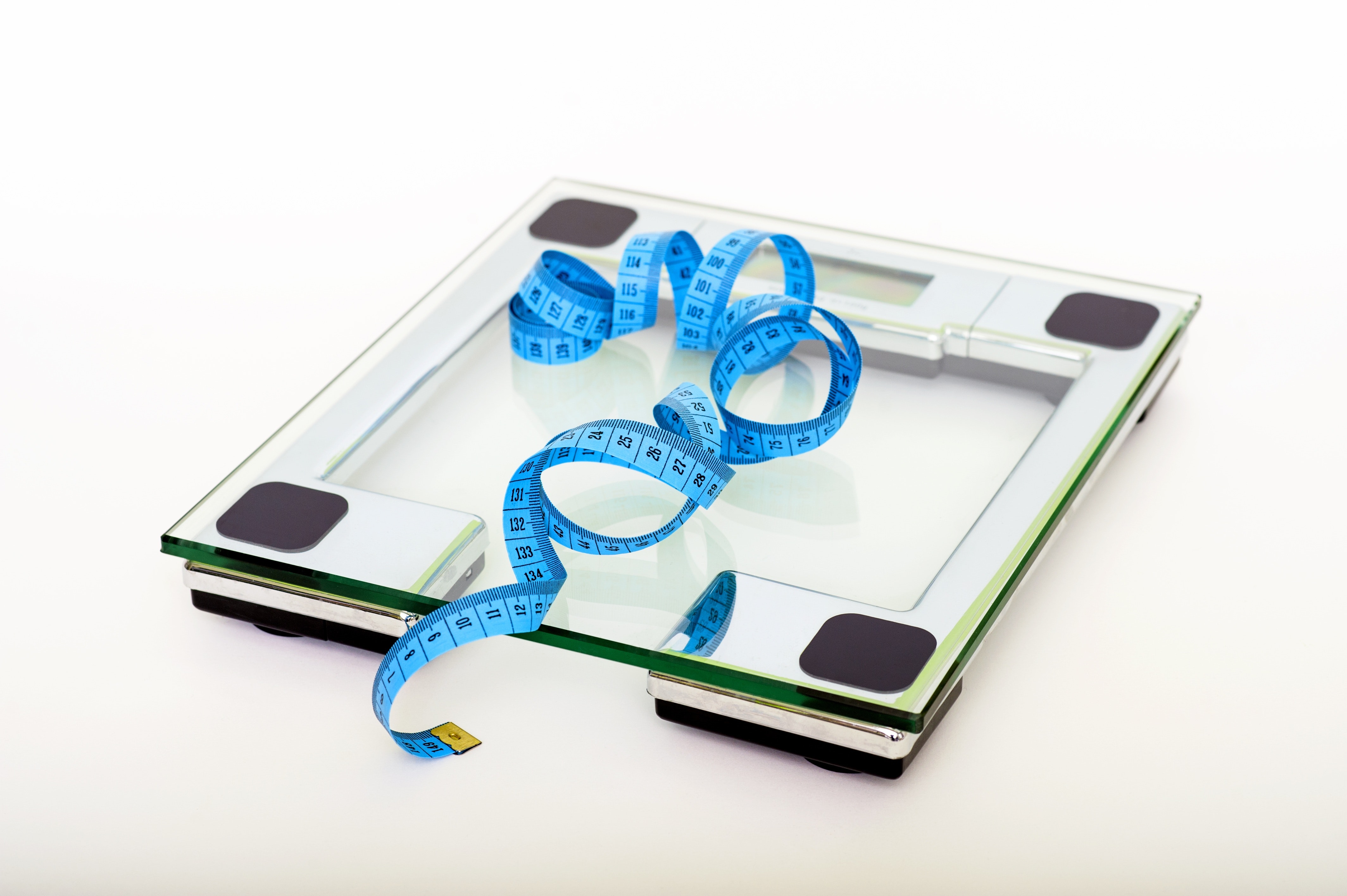Restrictions placed upon us by the history-making COVID-19 crisis are gradually being relaxed. Our down time while remaining inside might have consisted of learning a craft, working from home, or spending time with loved ones. A popular trend deserving recognition is the popularity of exercising at home. Improving our psychological, emotional, and physical wellbeing is one of the best things we can do in a time where civilization has been put on hold. Home-based fitness equipment is running of stock at local stores. Additionally, online prices for fitness equipment are increasing. While increased cost is always a burden, the supply vs. demand indicates more people are gravitating toward home based exercise while regular gym and recreational physical activity settings are restricted. I applaud all of the COVID-19 exercise enthusiast who did not let the fear of this pandemic hold them back from focusing on their health and fitness.
Many of our personal training clients in Napa pair our coaching services with regular attendance to a local gym. Since closure of gyms, our personal training clients are following similar efforts by creating at home-based fitness programs. One client in particular noticed substantial weight loss during her shelter in place experience. Martha has adopted to a regular exercise routine for 5 months consisting of 2 days a week of resistance training, 2 days biking on her Peloton, and 2 days gardening for a few hours. These efforts resulted a 15% weight loss. She also experienced decreased stress, an increased awareness of what she puts into her body and shared how her mind was in a more stable place to make better decisions for her demanding job. However, Martha noticed she couldn’t lose weight as rapidly as when she first started her exercise program. Slightly frustrated, Martha reached out to see what else could be done to reach her goal of 20% total weight loss from her starting point.
After congratulating Martha on her monumental achievement of a 15% weight loss, I explained that her body now has more muscle. There has been a trade off for fat in exchange for lean muscle mass. “But what about this extra bit of fat I see at my waistline?” Martha inquired. “I’m working out five to six times a week. I feel like my body should be leaner by now.” When individuals see these plateaus, my intuition prompts me to investigate the next usual suspect, her dietary habits.
I asked Martha what she thought might be holding her back from her weight loss progression. “Well, nothing over the top,” Martha explained, “I have a breakfast wrap at home after workouts, and I have about 3 glasses of wine at night. What’s wrong with that? My body should be burning that off, right?” This caught my attention. I explained to Martha that processed flour tortillas, breads, and pastas increase insulin and have inflammatory properties that cause the body to bloat. As the body bloats due to the inflammatory properties in processed carbohydrates, digestion slows down and sugar floods the blood stream. Items such as breakfast wraps should be recognized more as treats, not a mainstay in the diet. If the body becomes dependent on these types of foods, increased levels of insulin will trigger fat storage. Add in the alcohol, you now have a significant increase in calorie consumption from the fermented sugars in an alcoholic beverage. The frequency of Martha’s processed carbohydrate and alcohol consumption clarified how those items offset her frequency of her regular exercise.
As Martha and I assessed her issue, I proposed a 2-to-1, or even 3-to-1, tortilla and alcohol-free day. This meant that she would work to abstain from alcohol and processed carbohydrates for two to three days. She would be allowed a day to partake in a frosty alcoholic beverage and a breakfast wrap, then revert back to bread and alcohol-free days for the next 2-3 days. Over time, the body will detect the new demand imposed upon it. Decreased amounts of starchy carbohydrates and alcohol concentration in the body will no longer be a barrier to utilizing fat as a fuel source. As more fat is burned directly, weight will decrease. This is a challenge for individuals who take their weight loss seriously. However, the benefits outweigh the struggle once this tactic is regularly practiced. Once the obstacles of processed carbohydrates and alcohol are managed, the body will look and feel better as a result.
It’s important to our lifetime fitness journey to continually evaluate what might be holding us back and expose those obstacles. Once we establish the truth of what might be hindering our progress in weight loss, the answers become clear and a path to success can be designed.
Sean McCawley, the founder and owner of Napa Tenacious Fitness in Napa, CA, welcomes questions and comments. Reach him at 707-287-2727, napatenacious@gmail.com or visit the website napatenaciousfitness.com.

